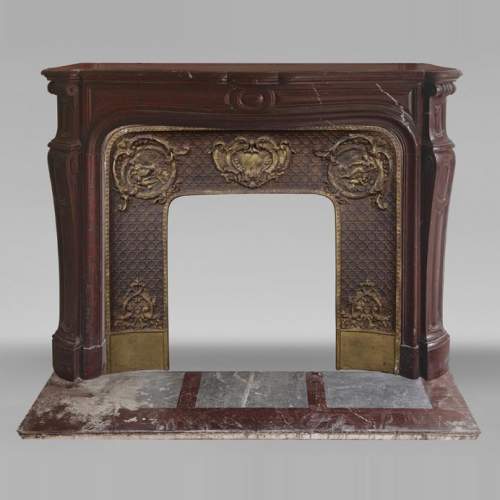Your selection is currently empty.
Here are the latest objects in our stock:
Dimensions:
Width: 145
Height: 107
Depth: 64
Inner width: 104
Inner height: 87
Dimensions:
Width: 157
Height: 140
Depth: 40
Inner width: 113
Inner height: 104
Dimensions:
Width: 180
Height: 265
Depth: 44
Dimensions:
Width: 109
Height: 190
Depth: 13
Inner height: 186
Dimensions:
Width: 36
Height: 26
Depth: 15
Dimensions:
Width: 134
Height: 107
Depth: 37
Dimensions:
Width: 134
Height: 108
Depth: 35
Inner width: 92
Inner height: 89
Dimensions:
Height: 38
Diameter: 46












